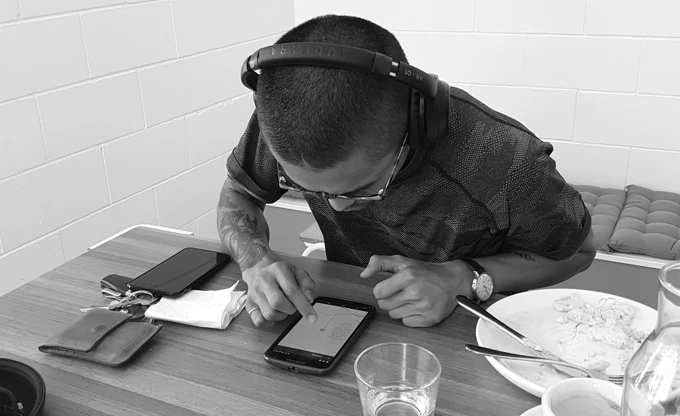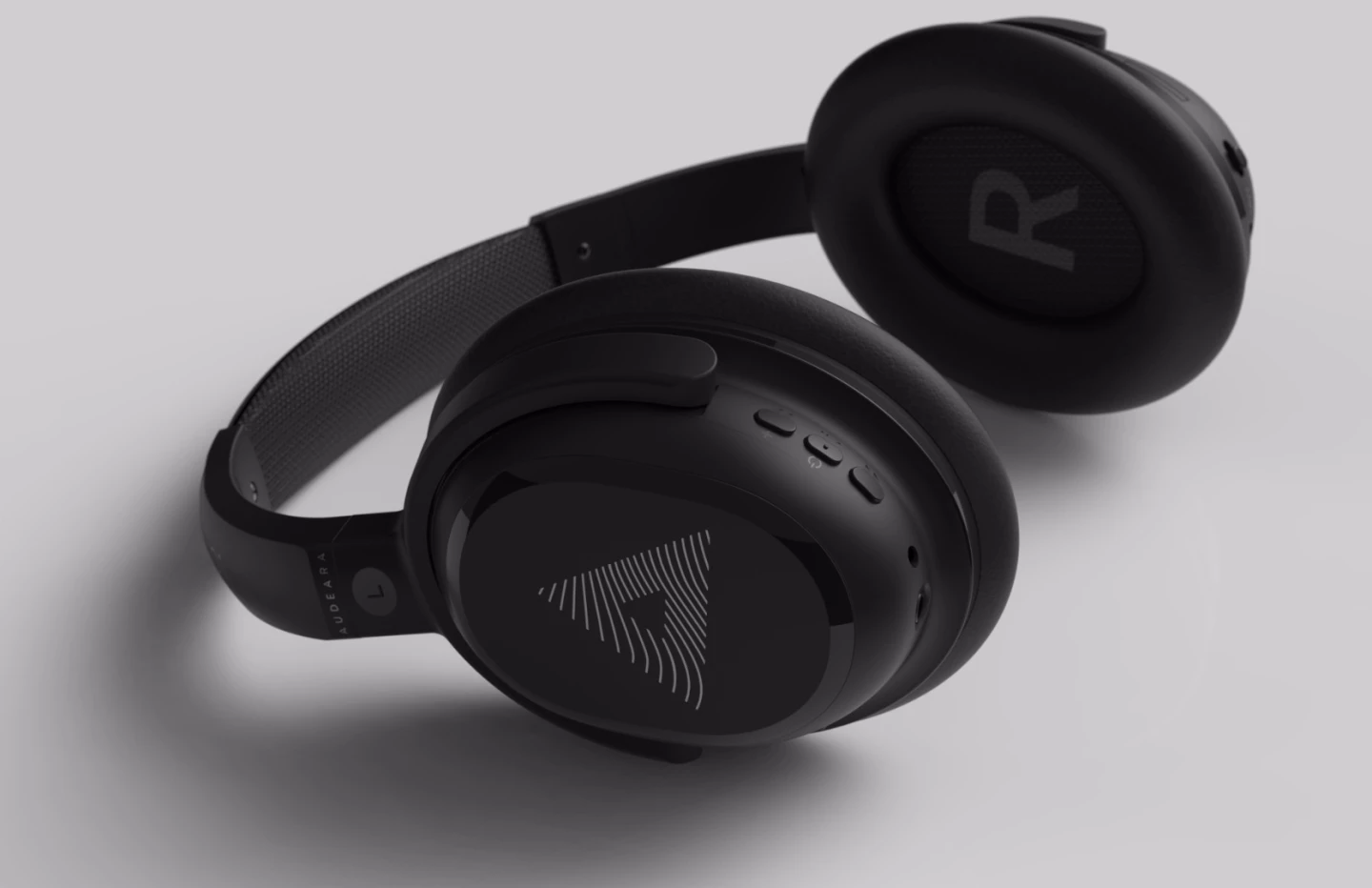Each of us has a unique hearing profile. And what's good for one ear might not be for the other. These are the guiding principles behind the development of the Audeara headphones, which are aimed at making music sound better, not just louder or needlessly thunderous. After a short hearing test, the headphones adapt the output to match the user and that tailored sound profile is then stored on the headphones, meaning users don't need to launch an app every time they want to listen to music.
Years of submitting our auditory system to regular bursts of city center hustle and bustle, volumous rock concerts or music played way too loud through earphones can result in damaged hearing. Exactly how much varies from person to person. As such, each individual may perceive music played through headphones very differently, as we found out when we tried a Nura headphone prototype last year, which – like the Audeara cans – put listeners through a hearing test and generates a personal hearing profile based on the results.

The Nura headphones have yet to ship, suffering production delays after a successful Kickstarter. The Audeara cans from Dr. James Fielding and Dr. Chris Jeffrey have also launched on Kickstarter and if the production schedule stays true to estimates, could reach backers before the Nura phones.
Though the Audeara system also relies on a hearing test, the listener's profile is determined by responses to sounds rather than by creating a hearing curve after performing an automated 30-second otoacoustic test.
"From what we understand, is that Nura headphones do everything automatically then change the sound for you," Dr. Fielding explained to a Kickstarter backer. "They do this by bouncing sound waves off your eardrum to use your anatomy to determine your hearing profile. We put the power in your hands and ask you directly – can you hear the beep? The automatic OAE process that Nura use require a strong seal on the eardrum and they use an earbud and over ear setup. We've decided to keep things traditional and use a really comfortable over ear design."
The Audeara test is undertaken on a smart device running an iOS/Android companion app that connects to the headphones over Bluetooth 4.2 and starts talking to the circuit board inside the headphones. A user's hearing threshold is calculated by gauging responses to tones generated by the headphones across eight, 16 or 32 frequency bands.
The unique hearing profile of an Audeara user is then retained in the headphones, meaning that once it's set up, listeners can feed in music from any source and the profile will be applied to the signal before it reaches the ears. Audeara says that each ear is tested separately and that multiple user profiles can be stored in each pair of headphones.

Since hearing may degrade over time, the company does encourage periodic retesting, but for the most part it can be set up and forgotten about. Test results can also be stored and tracked through the app, and if any significant impairment is detected, an alert will appear advising the user to seek medical advice.
The Audeara headphones feature active noise cancellation and can be cabled up to music sources, for non-wireless playback during flights for example. An integrated Li-ion battery is reported to be good for up to 12 hours of use with active noise canceling and Bluetooth active, 15 hours with Bluetooth only or 30 hours with the wireless tech turned off but ANC powered on.
They rock 40 mm Mylar drivers, soft over-ear faux leather cushions and adjustable headband, and there's a built-in microphone caters for hands-free calling when paired with a smartphone.
The first prototype escaped from the lab in January last year and now the company is at the pre-production stage of development, and has launched on Kickstarter to bring the headphones to market. The campaign was funded within 15 hours of starting, and pledge levels start at AU$299 (about US$230). If all goes to plan, shipping is expected to begin in July. The pitch video can be seen below.
Sources: Audeara, Kickstarter










